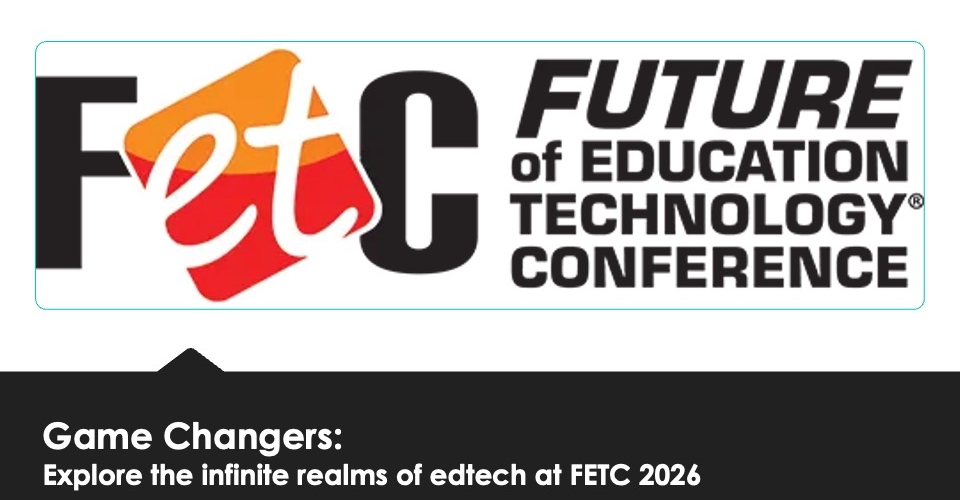The workforce that today’s students are preparing for has been changing rapidly for decades and will continue to change for years to come. According to the World Economic Forum’s “Future of Jobs” report, an estimated 85% of the jobs that today’s grade schoolers will hold don’t even exist yet. As we have seen with the recent rise of AI, new technologies can rapidly change how people work, eliminate outdated jobs and create new ones.
At World Savvy, we believe K-12 education should be a springboard that provides students the dispositions, skills, and competencies that allow them to meet this moment of profound and rapid change. To prepare them to learn, unlearn, and relearn throughout their careers, K12 education needs to focus on competencies that will empower students to reskill and upskill as jobs change, rather than having a single strand of technical skills that they apply over and over.
Shifting from compliance to iterative learning
Our school system was set up to prepare young people for the industrial era, which was more predictable than our current generation of jobs and post-education living. The present-day model of K-12 education is based on compliance. Students show up for a certain amount of seat time. They get the answers on a test right or wrong and get a grade.
More from DA: 3 FETC sessions for administrators looking to become better champions of technology
But what does a grade tell you holistically about the talents, attributes, and values of a young person as they come into the workforce? It tells you very little, because what goes into a grade for a particular class differs from state to state, district to district, and even classroom to classroom.
A compliance model is also not very inspiring for students. It turns school into something to “get through” for many kids. Compliance is binary: students either succeed, which is seen as good, or they fail, which is seen as bad. If you ask most entrepreneurs about their journey, they’ll likely tell you more about their failures than their successes along the way.
To raise a generation of young leaders capable of collaborating across borders and new technologies to address things like climate change, poverty, global pandemics or any other crises they face collectively, we should adopt a model of iterative learning. This approach frees students to try, fail, learn from that failure, tweak what they’re doing, and try again. Iterative learning inspires students to take risks and lean into failures as opportunities to grow. It also prepares them to embrace all the reskilling and upskilling they’ll need to do throughout their careers.
Using tech to teach global competence
Global competence is the skills, values and behaviors that prepare young people to thrive in a more diverse, interconnected world. Today, many districts are putting students in charge of their own learning in creative ways. Some high schools are using Google career certificates. Others use technology to bring coursework into their building that students wouldn’t otherwise have access to, whether it’s because they are located in rural areas or experiencing a teacher shortage. They’re using technology and individual initiative to widen the lens of what’s available for students to learn.
Technology can be both a help and a hindrance to changing the way we approach education. Some challenges with overdependence on technology are limited internet access, language barriers, outdated hardware and software, and information overload. Never being able to unplug has led to challenges throughout the education system as well as the working world.
That all said, it can be a great help to neurodiverse learners in the classroom, free educators to focus on uniquely human skills like empathy and collaboration, and improve communication between educators and families who don’t share a common language. A teacher can use AI to support a range of student abilities through differentiation of instruction and practice. Literacy and math software can help students progress at their own pace, for example.
Technology frees teachers to focus on curating learning experiences that are experiential and student-centered. Enticed by this promise, schools have invested heavily in STEM disciplines over the last two decades. This has sometimes led to underinvestment in subjects like civics and the humanities, which provide the ethical underpinning necessary for people to understand the implications of technology and what constitutes responsible use.
Schools should be able to help students develop the skills to think critically about technology so that when they come into the world of work they don’t just use AI because they need it to do their jobs better. Instead, they look at it through a lens of inquiry, asking questions such as, “Is this progress? Is it good for the world? Who does it benefit and how?”
The global competencies students need to thrive in a changing workforce should be integrated throughout the curriculum. Collaboration, critical thinking through an inquiry-based lens and empathy are not mutually exclusive with reading, math, science, literature, and language skills. Teaching these things concurrently is the only way they stick with young people. Kids spend more time at school than anywhere else, so they also need teachers to create space for empathy, and affirm each student’s identity so that students come to know themselves, build confidence as learners, and feel a sense of belonging.
Technology may be driving change at a pace that makes the future seem more uncertain than ever, but educators don’t need to fear it. Technology can be a powerful tool for good in the workforce and in the classroom preparing students for that workforce, but only if schools act as laboratories where students can engage with it as it emerges. Change will come either way, so we need students to take an open, curious, and critical stance so they can be prepared to help the world adapt.



